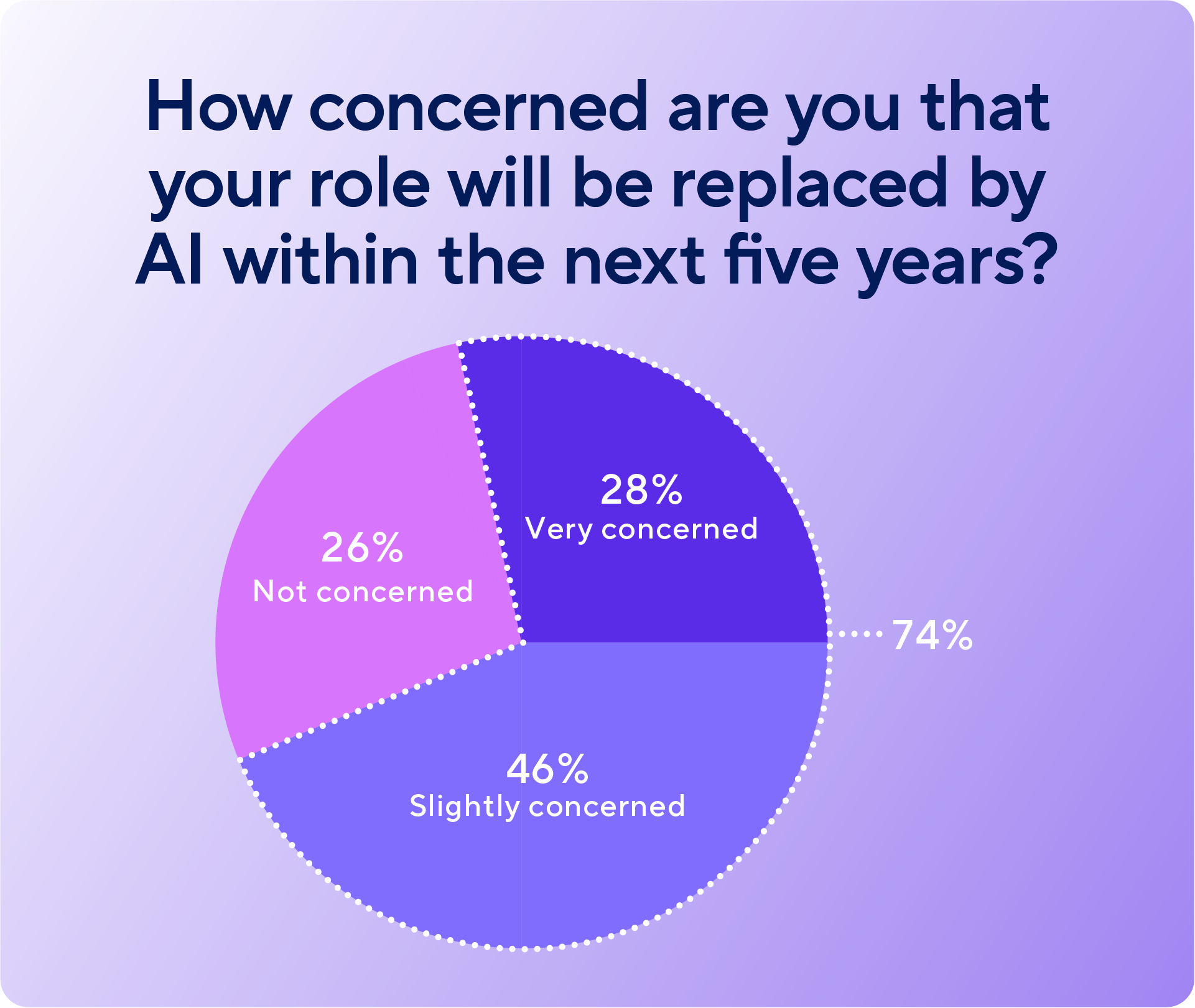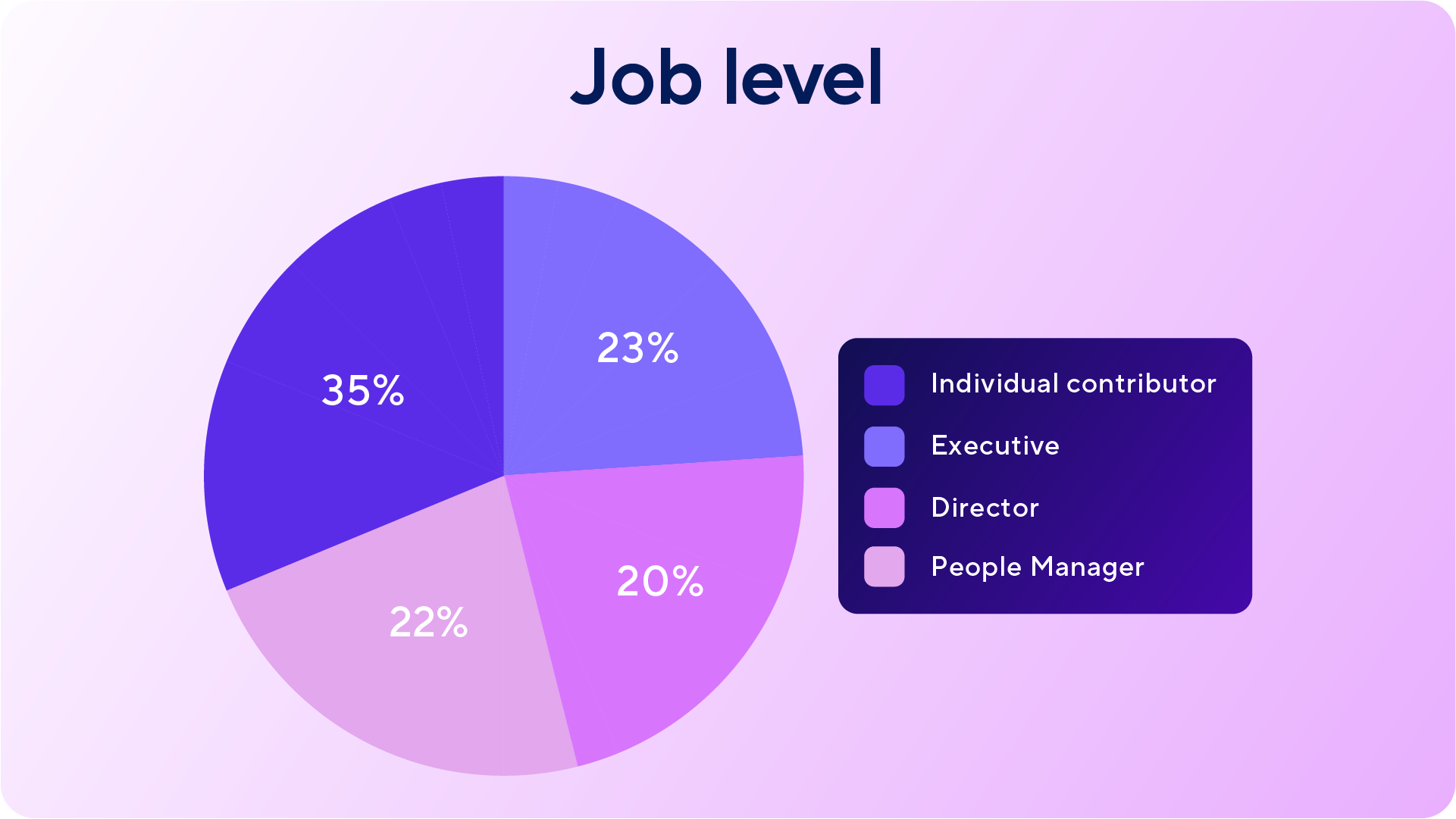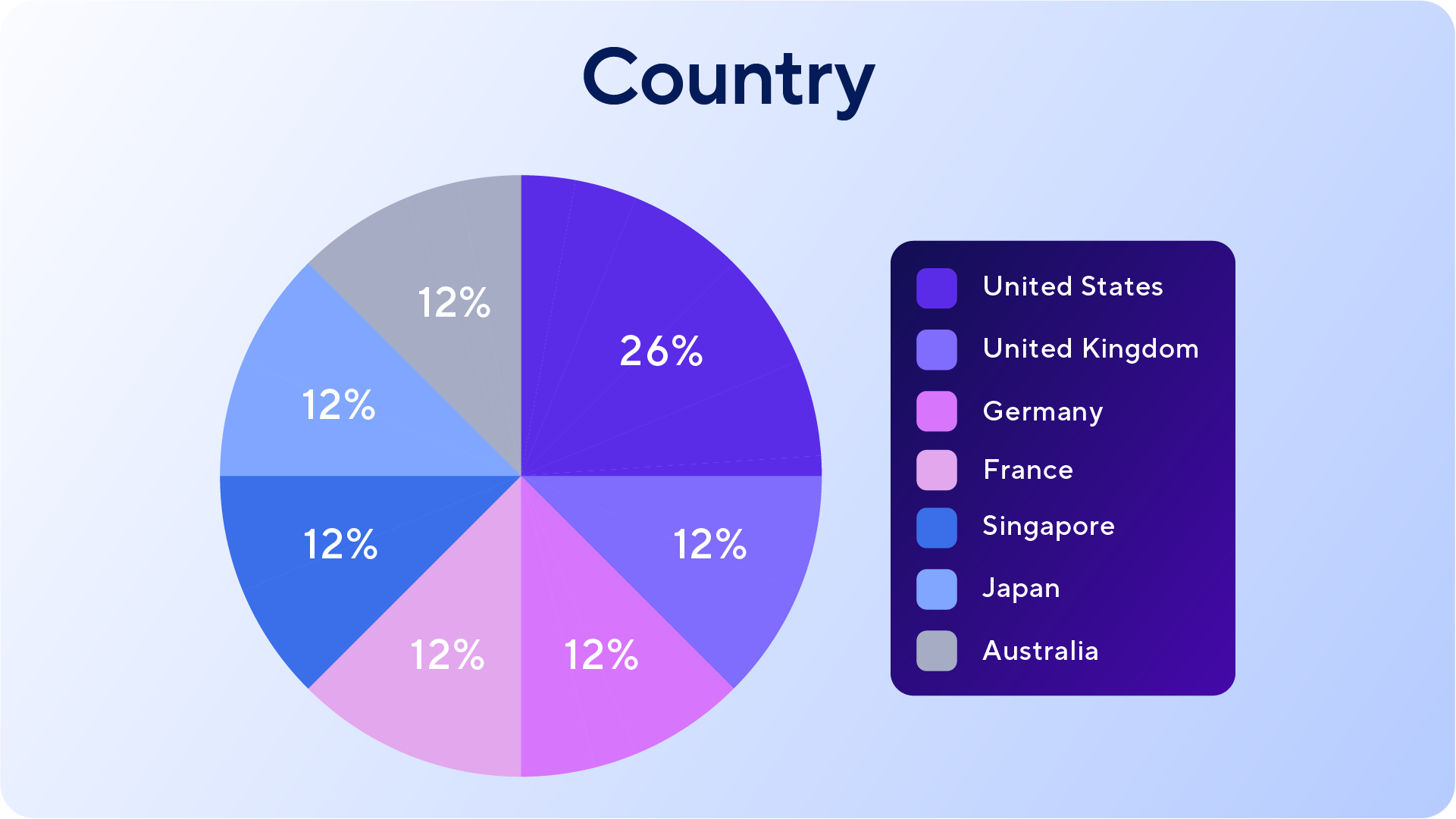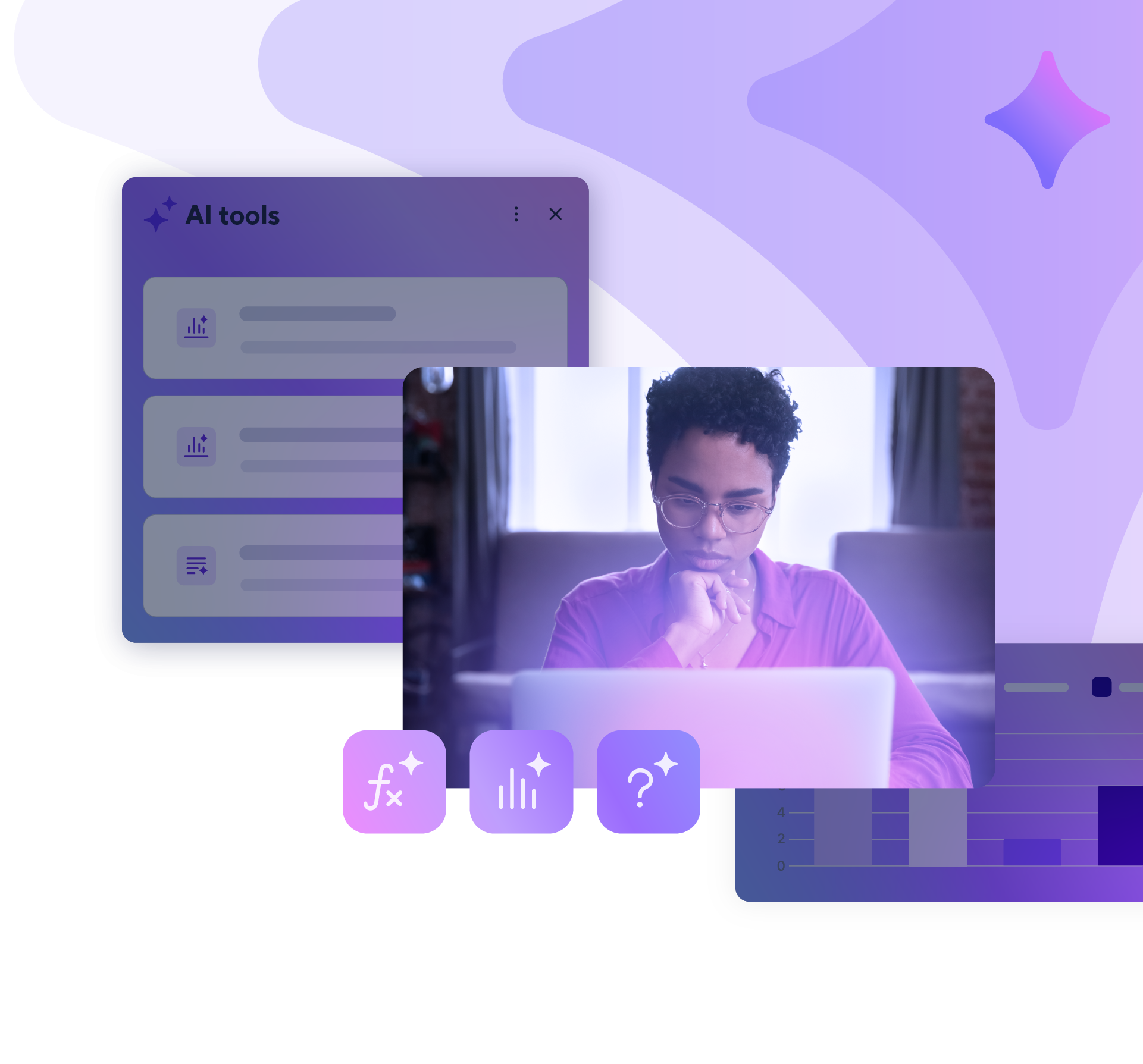
2026 PROJECT AND PORTFOLIO MANAGEMENT PRIORITIES REPORT
The era of Intelligent Work Management
Nearly every (97%) project and portfolio management (PPM) professional is experimenting with AI, yet fewer than half (46%) trust it to act without human supervision.
This gap reveals the central challenge facing project and portfolio management in 2026: AI adoption is racing ahead of AI readiness.
This report explores how over 1,600 portfolio leaders around the globe are navigating the AI shift while grappling with trust gaps, tool sprawl, and skill deficits that undermine their ability to deliver strategic impact.
The data is clear: AI alone isn't the answer. Intelligent Work Management is.
intro
The Intelligent Work Management imperative
With 98% of PPM professionals reporting the need to reprioritize work due to business change, and 74% worried their role could be replaced by AI within five years, the pressure to "do AI" has never been more intense.
Yet 87% report that AI still requires human input at least some of the time, and 61% say their current tools make it difficult to demonstrate measurable contributions to project outcomes.
The market is at an inflection point. Organizations need AI to compete, but adopting AI tools without unified orchestration creates execution silos rather than eliminating them.
Success requires Intelligent Work Management platforms that unite people, data, and AI across the entire enterprise — not fragmented point solutions or productivity suites limited to single-vendor ecosystems.
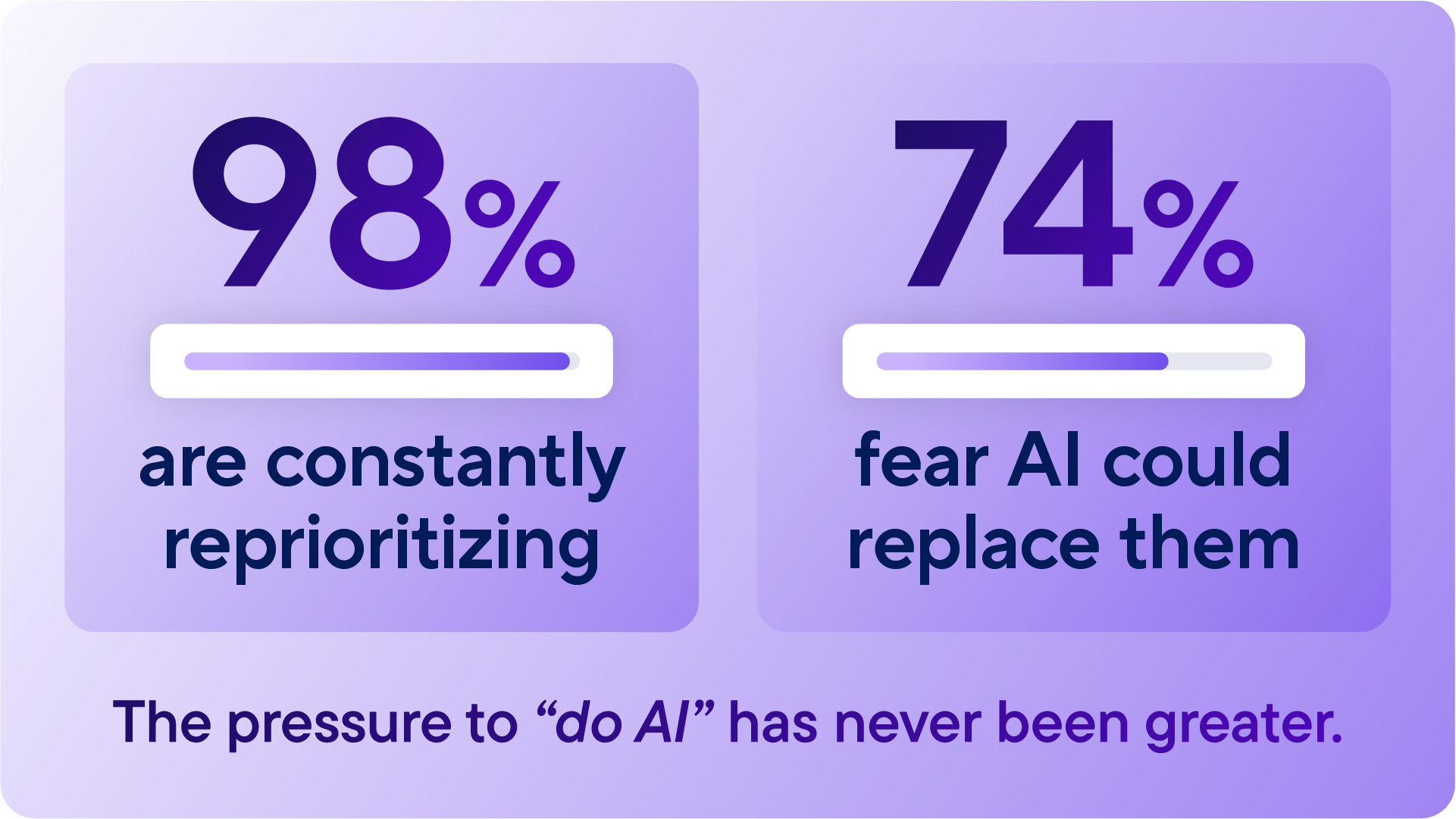
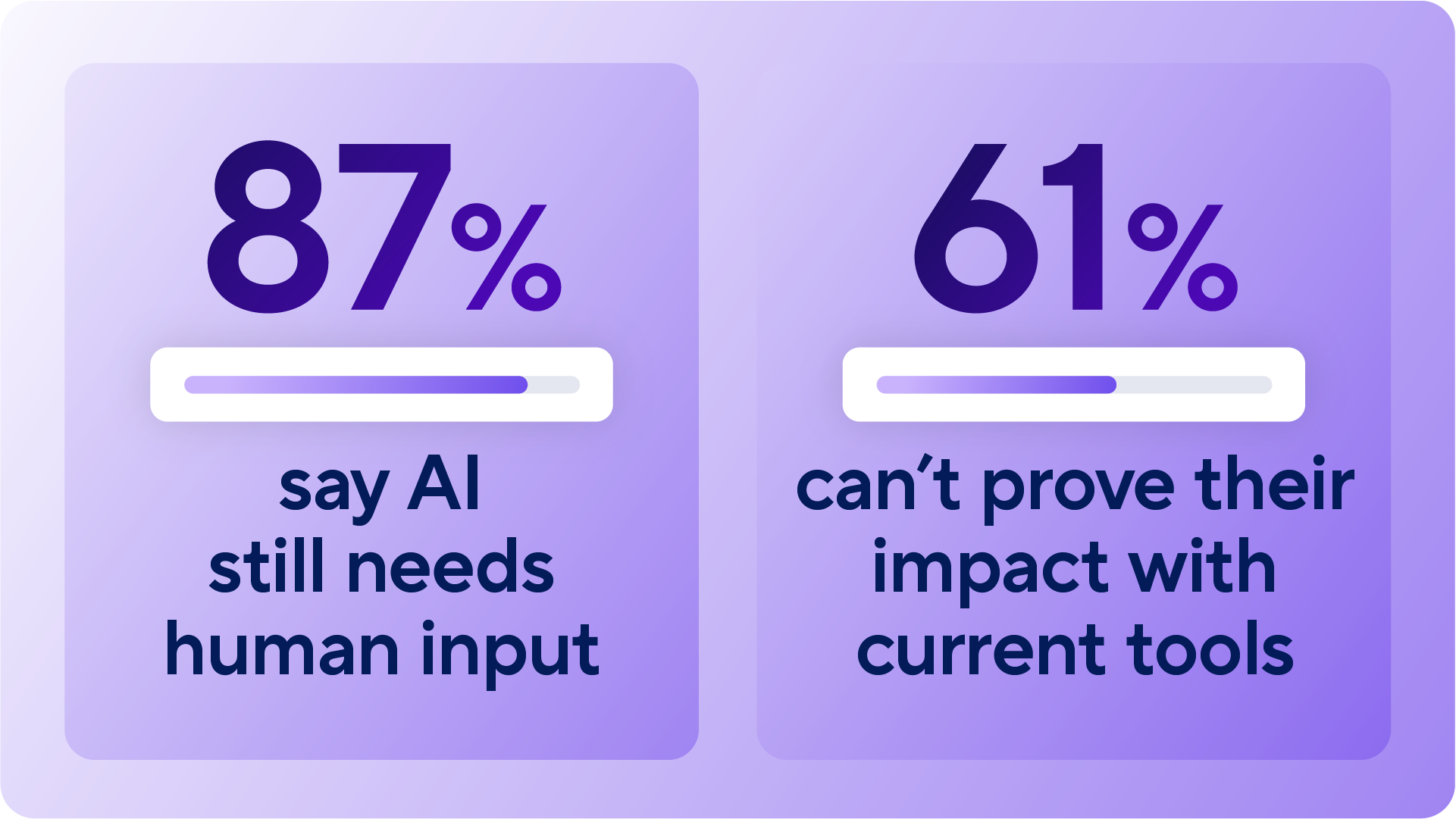
Evolution of work
What is Intelligent Work Management?
Smartsheet pioneered Collaborative Work Management and now defines the Intelligent Work Management category, evolving from basic collaboration to intelligent orchestration that eliminates silos between strategy and execution.
True Intelligent Work Management platforms demonstrate enterprise-grade governance with audit trails and rollback capabilities, cross-system orchestration beyond single-vendor ecosystems, proven quantified outcomes at Fortune 500 scale, and secure external collaboration across organizational boundaries.
The path forward requires more than adopting the latest AI tools. It requires Intelligent Work Management to accelerate the velocity of work, eliminate execution silos between ideas and execution, and free humans to lead strategically.
The future of portfolio management isn't about choosing between people and technology. It's about orchestrating both intelligently. Our data reveals three critical AI tensions:
- Adoption without enablement
- Anxiety amid opportunity
- Activity without outcomes
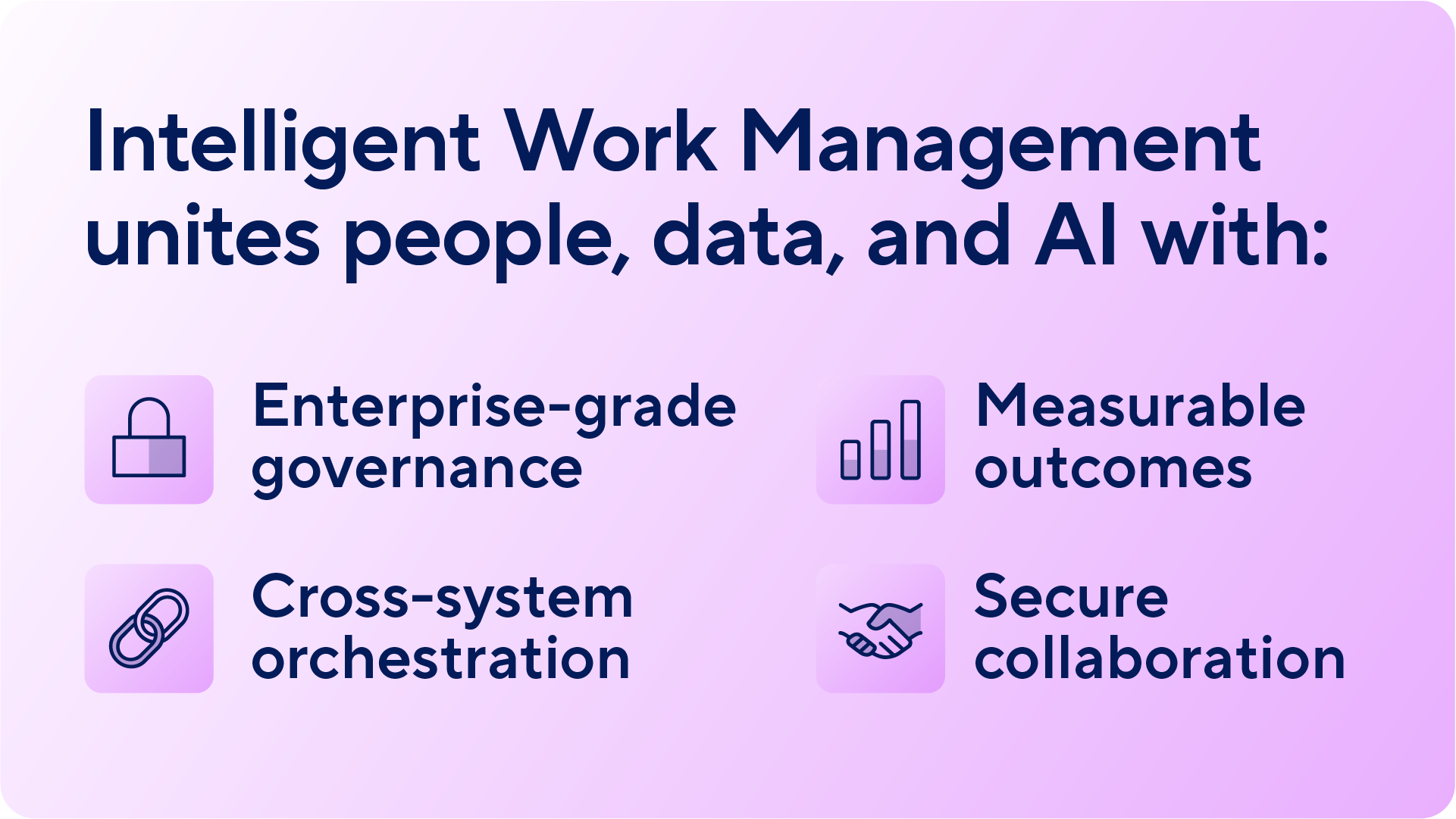
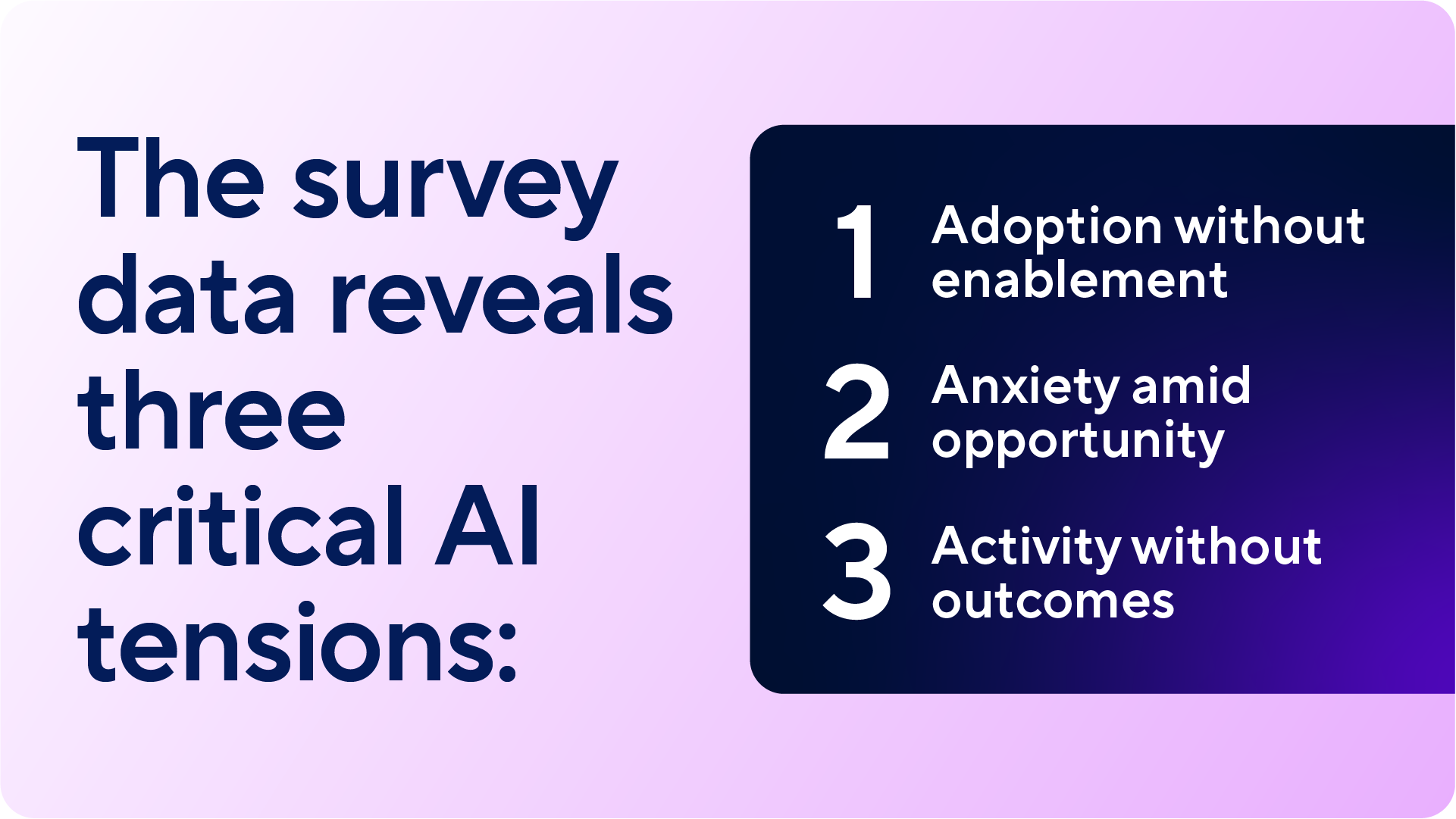
Tension 1
Adoption without enablement
Nearly all (97%) PPM professionals say they already use AI to support their work.
But adoption varies by role: executives report more frequent use (94% at least occasionally), while individual contributors (ICs) most often "rarely" use it (31%).
This signals a disconnect between leadership mandates and frontline confidence, and reveals AI tools remain isolated from the workflows that need them most.
When AI capabilities exist separately from unified work management systems, organizations multiply fragmentation rather than eliminate it.
How IWM solves this tension
Intelligent Work Management platforms embed AI capabilities directly into the workflows teams already use, eliminating the friction created by adopting standalone AI tools.
By treating AI agents as digital teammates within unified systems rather than separate applications, organizations achieve consistent adoption across all levels while maintaining enterprise governance and control.
Key takeaway
This AI confidence gap is rooted in change management as much as technology.
Without an easy-to-use platform that embeds AI within existing workflows and unites digital and human workers in intuitive — but governed — systems, adoption will remain uneven and impact will stay limited.
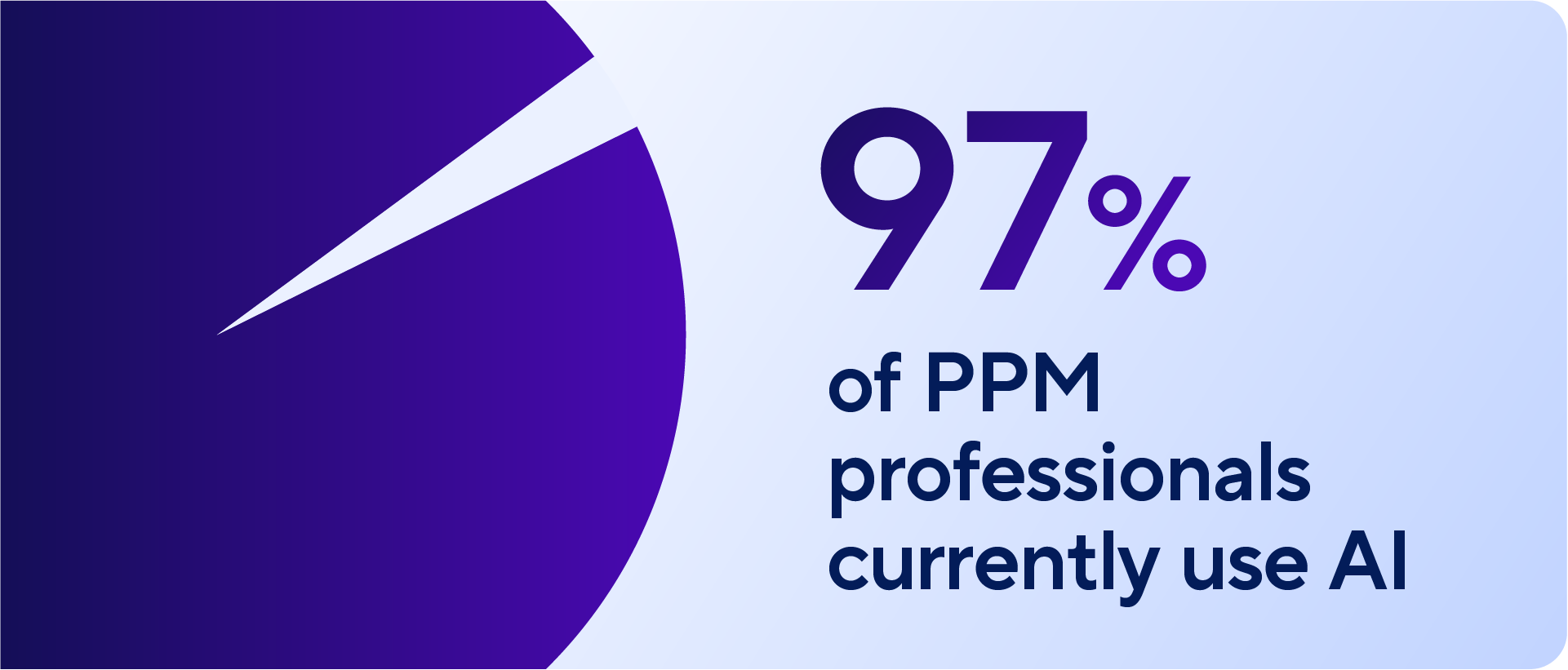
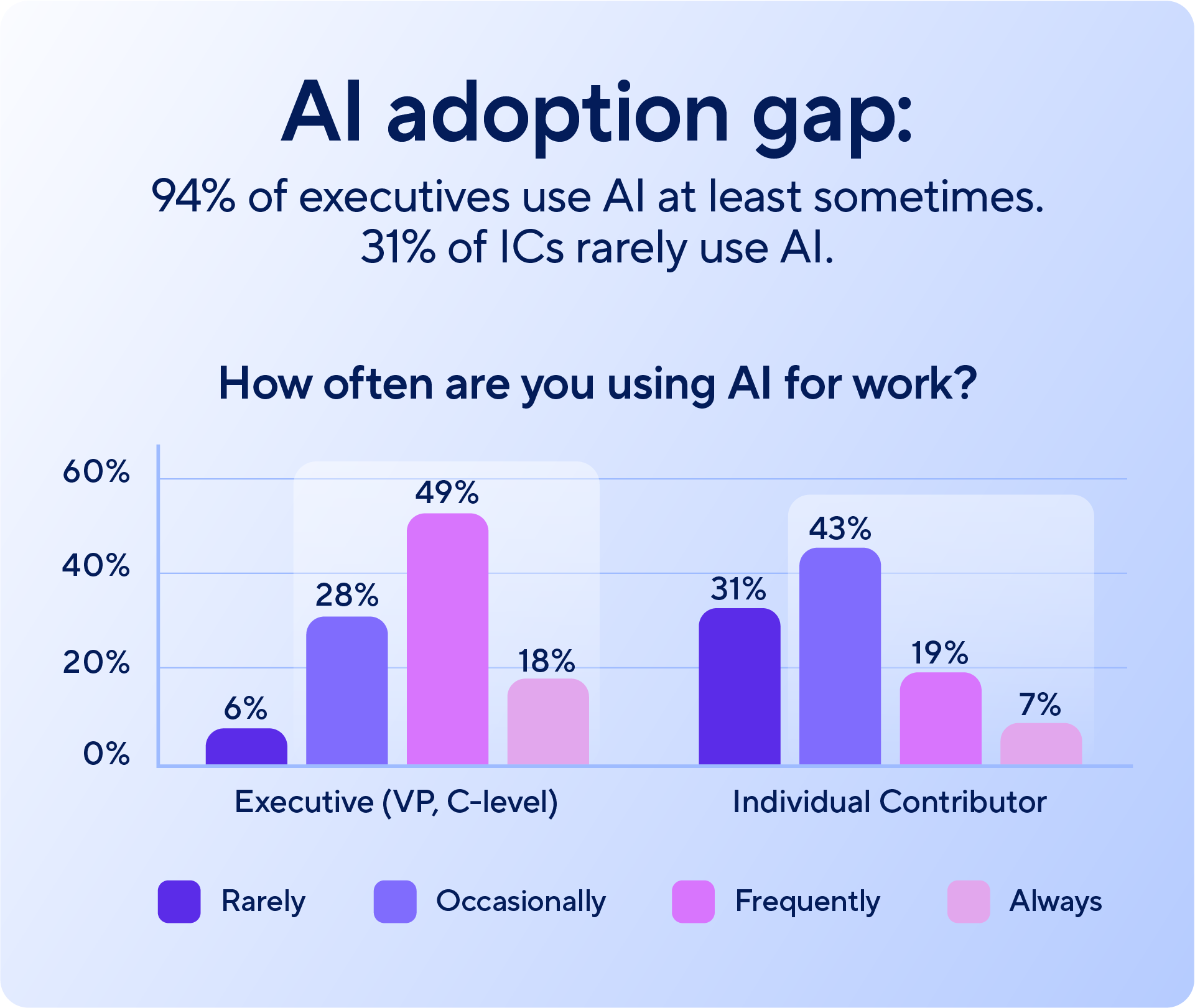
Ready to maximize your project and portfolio performance?
Tension 2
Anxiety amid opportunity
While enthusiasm for AI runs high, so does anxiety.
74% of PPM professionals worry their roles could be replaced within five years, but 87% see it as an opportunity to transform how they work.
For most, the path forward isn't resistance, but redefinition — embracing an organizational approach to AI augmentation that enables human professionals to focus on higher-value strategic, analytical, and leadership work.
This human + AI approach treats AI agents and agentic managers as digital full-time employees (FTEs) who work alongside human teams, handling routine execution while humans focus on judgment, strategy, and complex problem-solving.
This isn't about headcount replacement; it's about workforce augmentation that eliminates execution bottlenecks and breaks down silos between people and intelligence.
Organizations that embrace this approach, with AI as the enabler and humans at the center, will gain the agility, clarity, and confidence to thrive in the AI shift.
How IWM solves this tension
Rather than treating AI as separate automation tools, Intelligent Work Management integrates AI agents within enterprise workflows where humans maintain strategic control.
This architecture eliminates the artificial separation between human work and AI capabilities, enabling professionals to focus on judgment and strategy while AI handles the routine execution of manual, rote, and repetitive tasks — all within unified, auditable systems that maintain enterprise governance.
Key takeaway
AI isn't replacing people, it's redefining their value and freeing them to lead strategically.
Success requires platforms that orchestrate human and digital workers within single, governed systems rather than creating separate AI tools that multiply silos.
Tension 3
Activity without outcomes
Despite widespread AI adoption, only 39% say their current tools make it easy to demonstrate their contributions to project outcomes.
AI can automate tasks and surface insights, but without the right system to connect them across organizational boundaries, it can't demonstrate measurable impact.
Execution silos prevent visibility into how AI-generated outputs connect to strategic outcomes, leaving leaders unable to prove value or demonstrate ROI.
How IWM solves this tension
Intelligent Work Management platforms unite work, data, and AI across enterprise systems, eliminating the visibility gaps created by fragmented tools.
By providing unified dashboards, cross-system reporting, and governed data flows, these platforms enable organizations to demonstrate quantifiable impact from strategy through execution, proving ROI in a context that is relevant to an organization rather than just claiming productivity improvements.
Key takeaway
Impact isn't proven by AI and automation alone — it's realized through intelligent work orchestration that eliminates silos between systems, teams, and organizational boundaries.
Without unified platforms that connect AI capabilities to measurable — and relevant — business outcomes, organizations generate activity without demonstrating value.
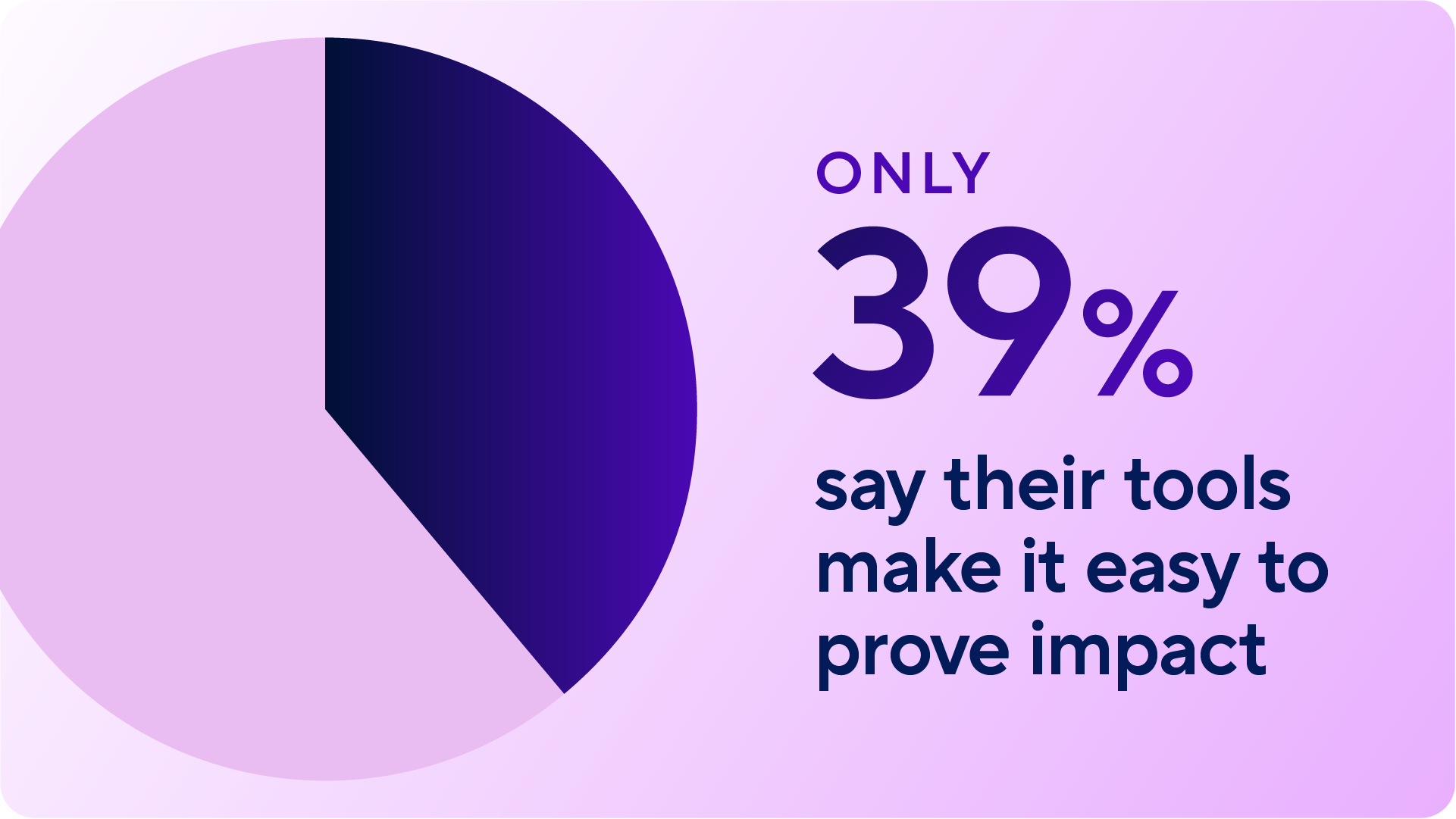
Key Callout
The business impact of Intelligent Work Management
Organizations that eliminate execution silos through Intelligent Work Management achieve breakthrough performance:
- Productivity increase: Greater productivity gains through unified orchestration of human and AI workers
- Risk reduction: Better risk mitigation through governed AI with audit trails and rollback capabilities
- Cost reduction: Consolidation of fragmented tools into unified platforms that eliminate administrative overhead
- Revenue growth: Faster time-to-market and improved resource utilization that enables capacity for new opportunities
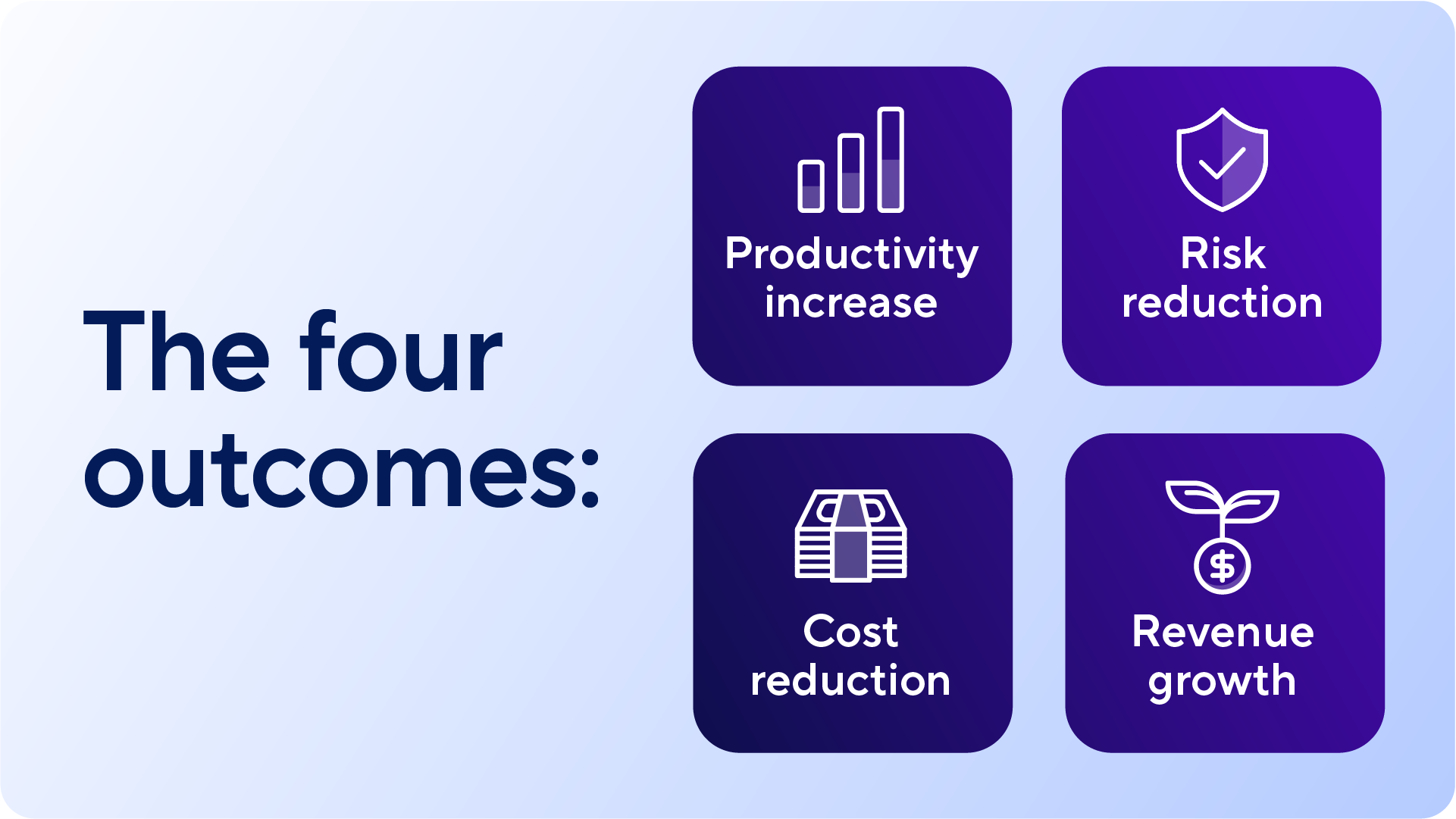

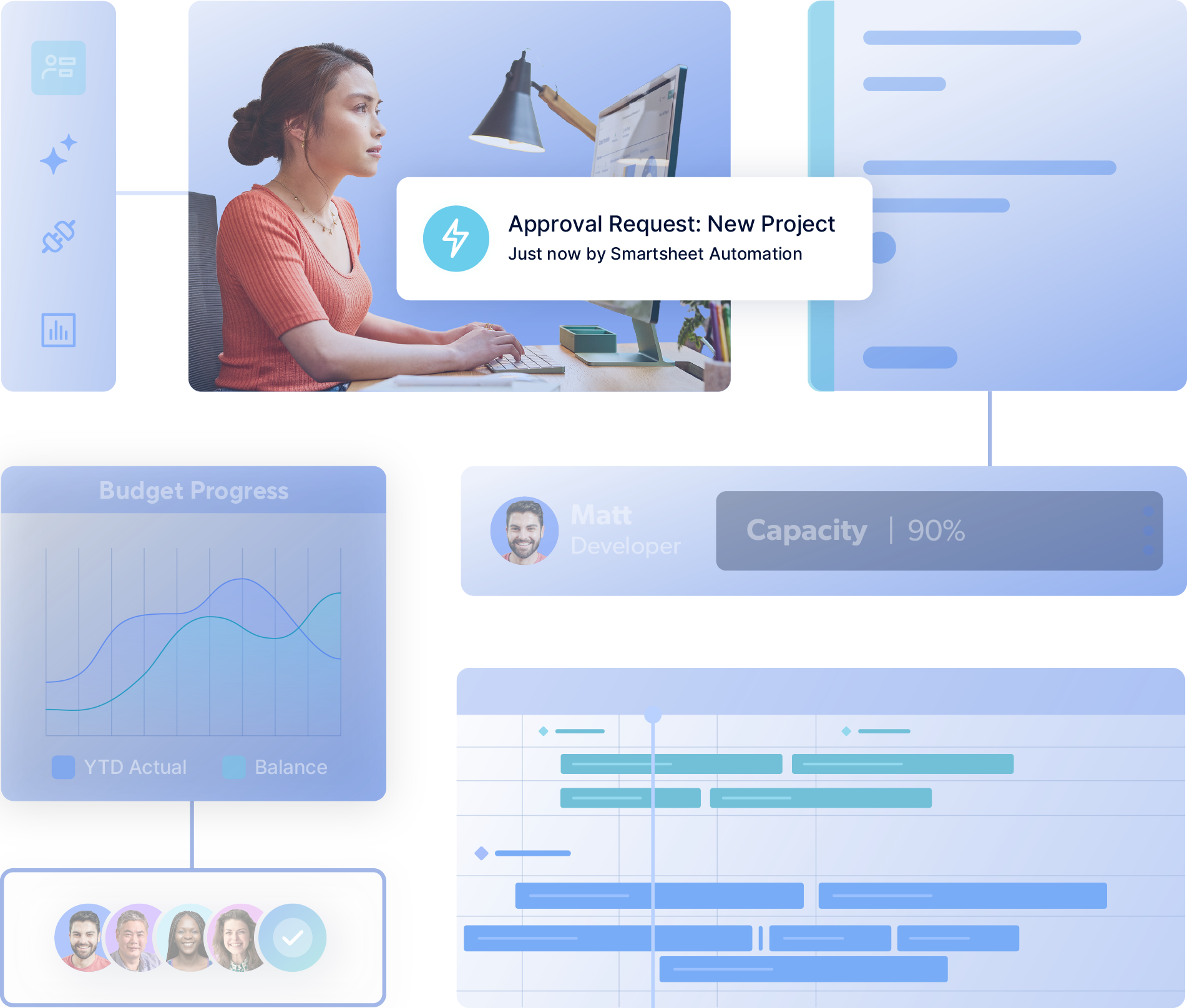
Conclusion
From AI adoption to intelligent orchestration
As organizations transform their PPM capabilities, they face a clear choice: adopt tools that create new fragments of automation, or embrace Intelligent Work Management platforms that orchestrate human expertise and AI across unified, governed systems that demonstrate measurable outcomes in productivity, cost reduction, risk mitigation, and revenue growth
Organizations that choose platforms built for intelligent orchestration rather than retrofitted with AI capabilities achieve breakthrough performance while maintaining the security and compliance requirements that enterprises demand.
These platforms enable leaders to adapt faster, collaborate smarter, and drive outcomes with confidence while letting individual contributors deliver quality work at a higher velocity than ever before.
The next era of PPM won't be defined by fear of disruption but by the intelligence of the systems — and people — guiding it.
RESEARCH Methodology
Survey details
Smartsheet partnered with Dimensional Research to conduct a global online survey with a total of 1,651 project and portfolio management (PPM) professionals from the United States, the United Kingdom, Germany, France, Singapore, Japan, and Australia. All participants had responsibilities for PPM and included a mix of ages, job levels, job functions, company sizes, and industries. The survey was fielded in August and September 2025.
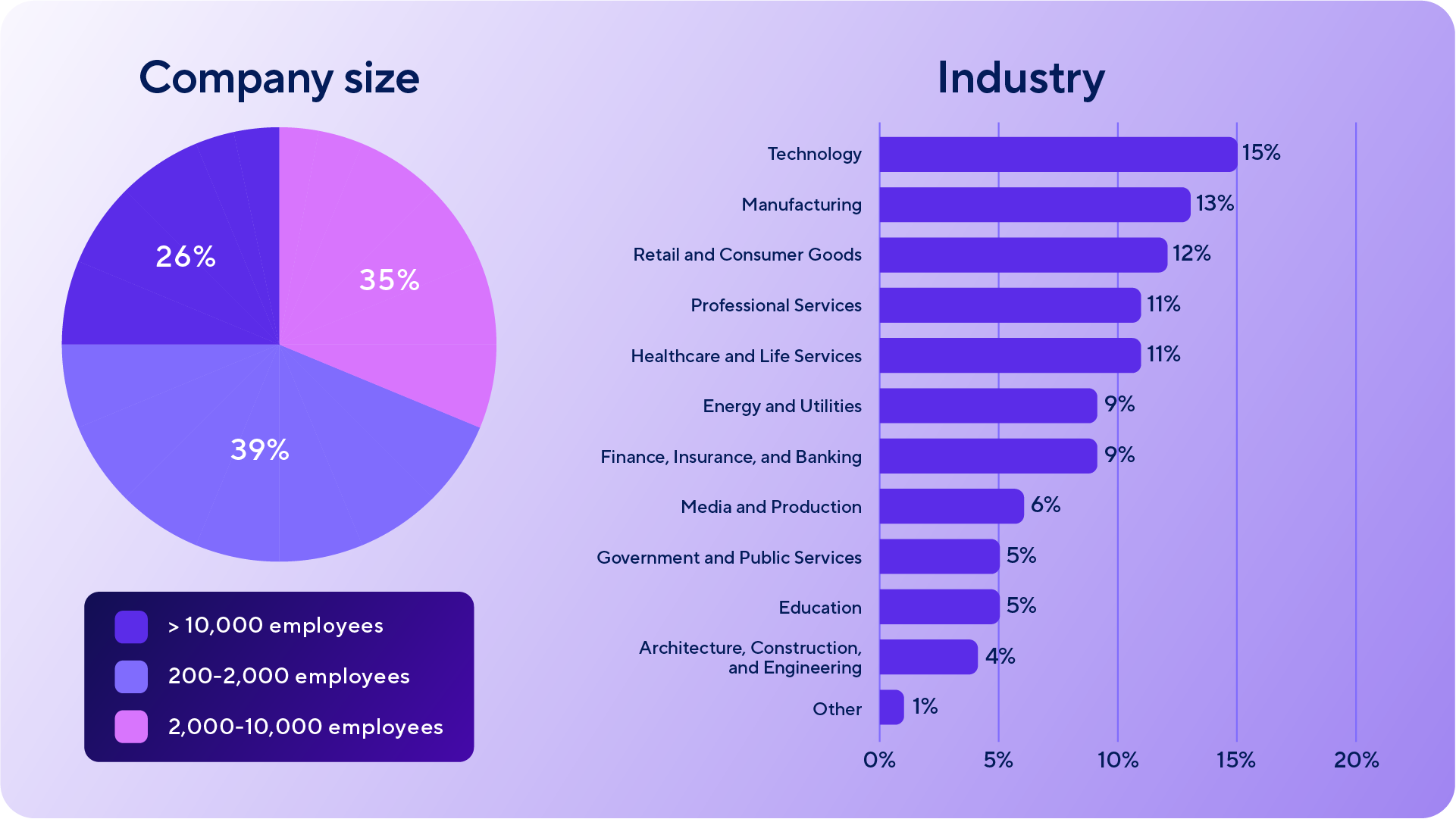
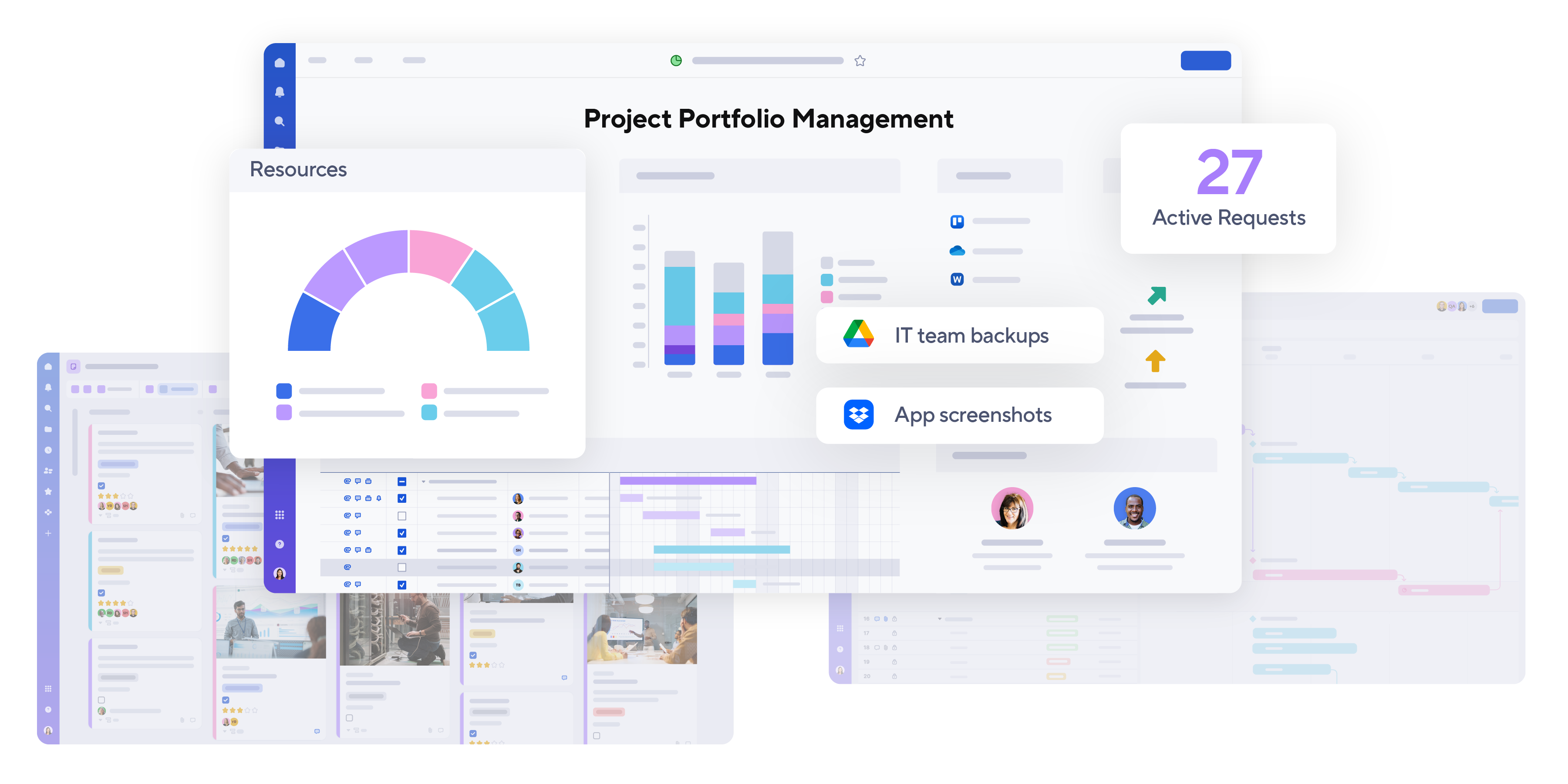
Ready for the next steps?
Discover how Fortune 500 leaders achieve Intelligent Work Management that unites people, data, and AI to scale teams, drive smarter outcomes, and accelerate business impact.
